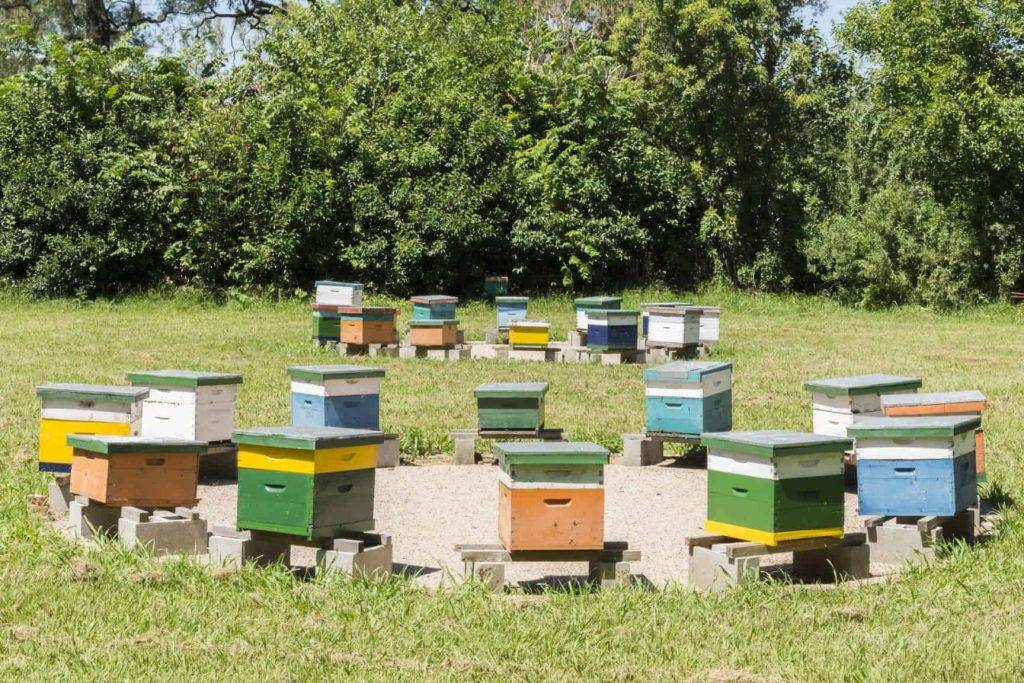Beekeeping is an ancient practice that has gained popularity in recent years due to its numerous benefits, such as honey production, pollination services, and fostering biodiversity. If you are considering starting your own beekeeping venture, one of the essential factors to consider is the amount of space needed for a beehive.

The space requirements for a beehive are influenced by various factors that impact the bees’ health, productivity, and overall well-being. In this article, we will explore the factors involved in determining the necessary space for a beehive and provide guidelines to help you make informed decisions.
The Importance of Adequate Space
Bees are highly organized social insects that require sufficient space within the hive to carry out their activities effectively. Adequate space allows the bees to store honey, raise brood, maintain proper hive ventilation, and facilitate movement within the colony. Insufficient space can lead to overcrowding, increased stress levels, and decreased productivity.
Hive Size and Configuration
The size and configuration of the hive play a crucial role in determining the required space. Different hive types, such as Langstroth, top-bar, or Warre hives, have varying space requirements. Additionally, hive components such as brood boxes, honey supers, and frames also impact the space needed. Consider the specific dimensions and capacities of your chosen hive system to determine the appropriate space for each hive.
Bee Population Density
The number of bees in your colony affects the space requirements. A larger bee population requires more space to accommodate their activities and ensure adequate airflow. As the colony grows, it may need additional hive bodies or supers to prevent overcrowding and maintain optimal conditions for the bees.
Foraging Area
The availability of forage resources in the surrounding area is another important consideration. Bees require access to a diverse range of nectar and pollen sources to thrive. A larger foraging area with abundant floral resources can support a higher number of hives. Assess the quality and quantity of forage available to determine the carrying capacity of your location.
Flight Range
The flight range of bees determines the area they cover while foraging. Honeybees typically have a flight range of 3 to 5 kilometers, although this can vary depending on factors such as weather conditions and resource availability. Consider the distance to suitable forage areas when planning the placement of your beehives to ensure that bees can efficiently gather food without excessive energy expenditure.
Local Regulations and Considerations
It is crucial to familiarize yourself with local regulations and zoning restrictions related to beekeeping. Some areas may have specific requirements regarding hive placement, setbacks from property lines, and the number of hives allowed per unit of land. Adhering to these regulations ensures a harmonious relationship with your neighbors and avoids potential conflicts.
Expansion Plans and Future Growth
When determining the space needed for a beehive, it is wise to consider your expansion plans and potential future growth. If you anticipate expanding your beekeeping operation in the future, allow for additional space to accommodate the growth. Planning ahead can save you the hassle of relocating hives or reconfiguring the apiary layout later on.
Conclusion
Determining the required space for a beehive involves careful consideration of various factors, including hive size, bee population density, foraging area, flight range, and local regulations. It is essential to provide bees with adequate space to thrive and carry out their essential activities within the hive. By understanding these factors and making informed decisions, you can create a conducive environment for your bees, promoting their health, productivity, and overall well-being.
Remember to consult with experienced beekeepers, local beekeeping associations, and regulatory authorities to ensure compliance with best practices and guidelines specific to your region. With the right amount of space, your beekeeping venture is poised for success, benefiting both you and the vital role bees play in our ecosystem.

